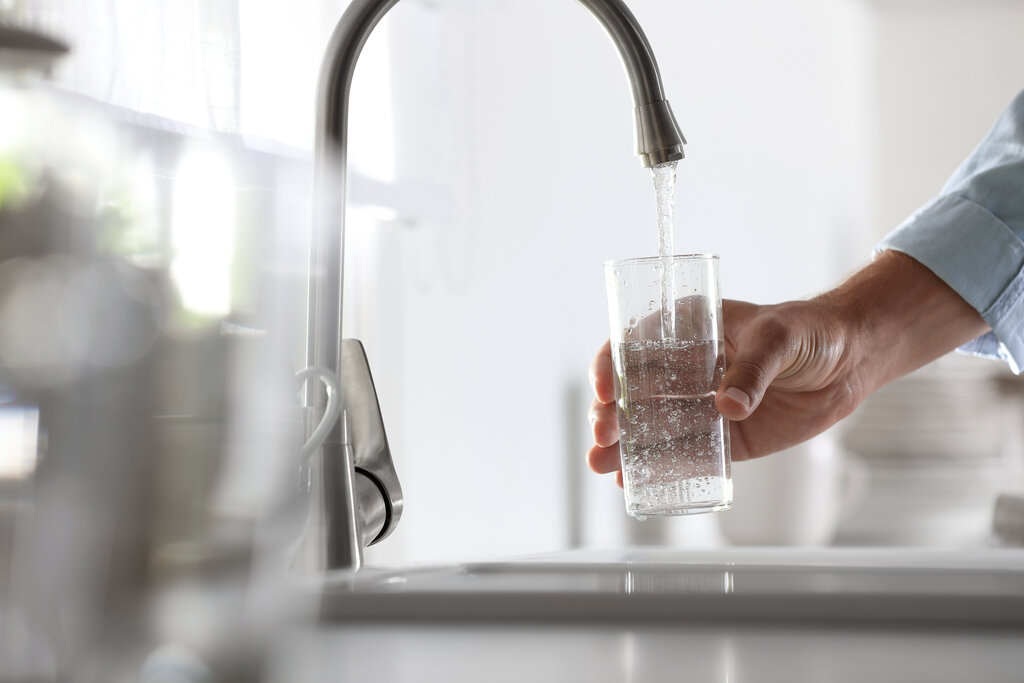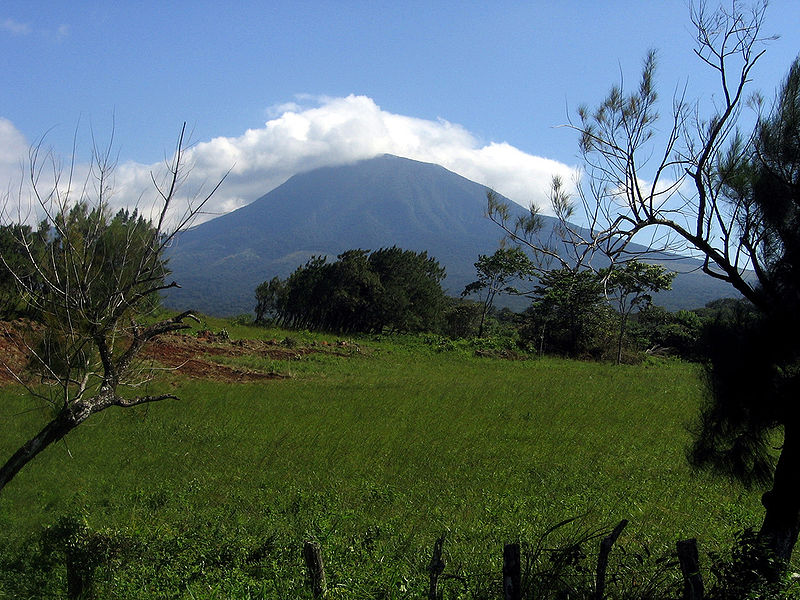Conservation Ideas
World Water Day: March 22
World Water Day has continued to draw attention to the importance of conserving fresh water since our report on the annual observance four years ago. With the United Nations reporting that 2.2 billion people lack access to safe water, preserving the 0.5% of the world’s water that’s available fresh is a more urgent priority than […]

